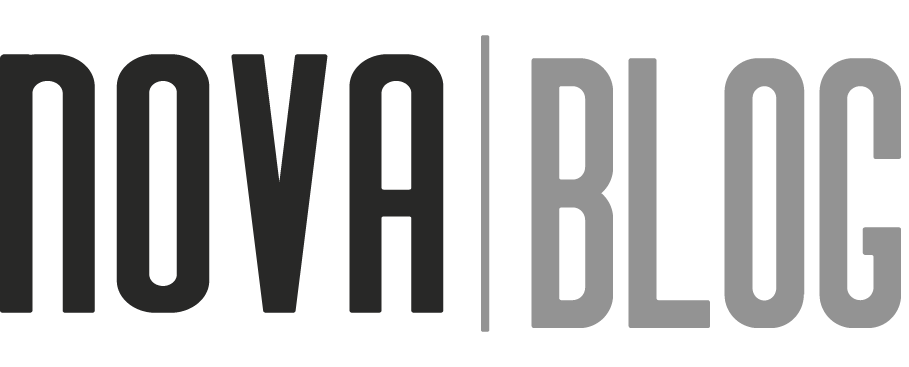A single click does not make a sale. Your customer’s journey starts long before they subscribe to your service or buy your product, and if you’ve ever been to a Website, you already know an online page is made up of multiple elements that flow together and tell a complete, understandable story to potential clients.
This is where Website Design Programs come in. Having an online presence where your leads can know who you are, what you do, and why it matters is great, but it doesn’t stop there. Is this information shown in a clear way? Can the Website visitor find their way around—and better yet, find their way to wherever you want them to go?
Website Design Programs offer tools to help you format, art-direct, edit, and publish your domain, and should be unwavering allies to anyone trying to build a website from scratch. Website Design means structure, structure means strategy, and strategy means conversion—where you and your clients’ story should always lead.
The Top 5 Best Website Design Programs
So, are there any free Website Design Programs? Where to find them? When can you start building? The answers are yes, everywhere, and now!
Webflow
A no-code website builder with full design control, CMS features, and built-in hosting. Perfect for designers who want to build live sites without writing code.
Figma
A collaborative interface design tool used for wireframing, prototyping, and visual design. Great for planning layouts and user experiences before development.
Wix
An intuitive drag-and-drop platform ideal for small businesses and creatives who want to launch quickly with minimal tech knowledge.
Adobe XD
A powerful tool for wireframing and prototyping website designs. Often used during the planning phase before building on another platform.
WordPress
The world’s most popular CMS. Highly customizable with plugins and themes. Tools like Elementor make design easier for non-developers.
Why is Website Design important?
As we’ve established, Website Design Programs help you mesh structure, strategy and conversion—but if how each of these aspects can actually be incorporated and what they highlight on a website is not clear enough, here’s the break down:
- Structure: A clear structure helps visitors navigate your site with ease. It makes content digestible and guides the user step by step—no confusion, no bounce. Think of it as your website’s backbone
- Strategy: Strategy aligns your website with your business goals. This is what turns a pretty homepage into a lead-generating machine by placing the right message in the right spot. Every design choice should serve a purpose.
- Conversion: Conversion is the result of structure and strategy done right. From Call To Action buttons to form placements, every element should gently nudge your visitor toward taking action—because traffic means little without results.
How to use Website Design Programs?
Even if some of these resources are free, knowing how to best use them—and even how to best combine them to maximize their potential—can make a huge difference. Website design programs can simplify the process, but they still require intention, clarity, and a bit of learning to use effectively.
That’s where balance comes in. Exploring layouts with creativity is great, but trying to design your site while thinking about business strategy and worrying about admin work can get overwhelming. Using these tools with a plan in mind helps ensure your website doesn’t just look good—it works hard for your brand too.
How much does designing a website cost?
Website design costs can vary wildly depending on your needs, goals, and who’s doing the work. From DIY builders, like the Website Design Programs we’ve just discussed, to full agency projects, pricing is shaped by the complexity and customization involved. Rather than thinking in numbers, it’s better to understand what you’re actually paying for if you were to choose the full route.
Here are a few common components that influence pricing:
- Design and Layout: Pre-edited templates are often free or low-cost, while custom designs—tailored to your brand’s colors, logo and aesthetic—can increase the price.
- Content Creation: Some designers or agencies offer copywriting, photography, or video production services, which may be billed separately.
- Platform and Tools: Website builders like Wix or WordPress may be free, but premium themes, plugins, or e-commerce integrations can come with monthly or one-time costs that should be managed.
- Functionality and Features: Booking systems, member areas, or product catalogs all require extra time and skill to build, which can affect the final price.
- SEO and Strategy: Strategic planning, keyword optimization, and user experience design are often seen as extras but are actually essential for a site that performs well.
- Maintenance and Updates: Many professionals offer ongoing support to keep your site fresh and functioning smoothly. This can include fixing indexation errors, as well as submitting your website’s most recent version to Google every time you update it, so it appears correctly on queries.
The more personalized, functional, and strategic your website needs to be, the higher the investment. But in return, you’re paying for a digital space that truly works for your business.
If you’re interested in knowing even more about how website design and strategy can make your conversion rates go up, think about hopping onto NOVA’s website portfolio page where you can have an easy visualization of what a fully realized website project looks like.





